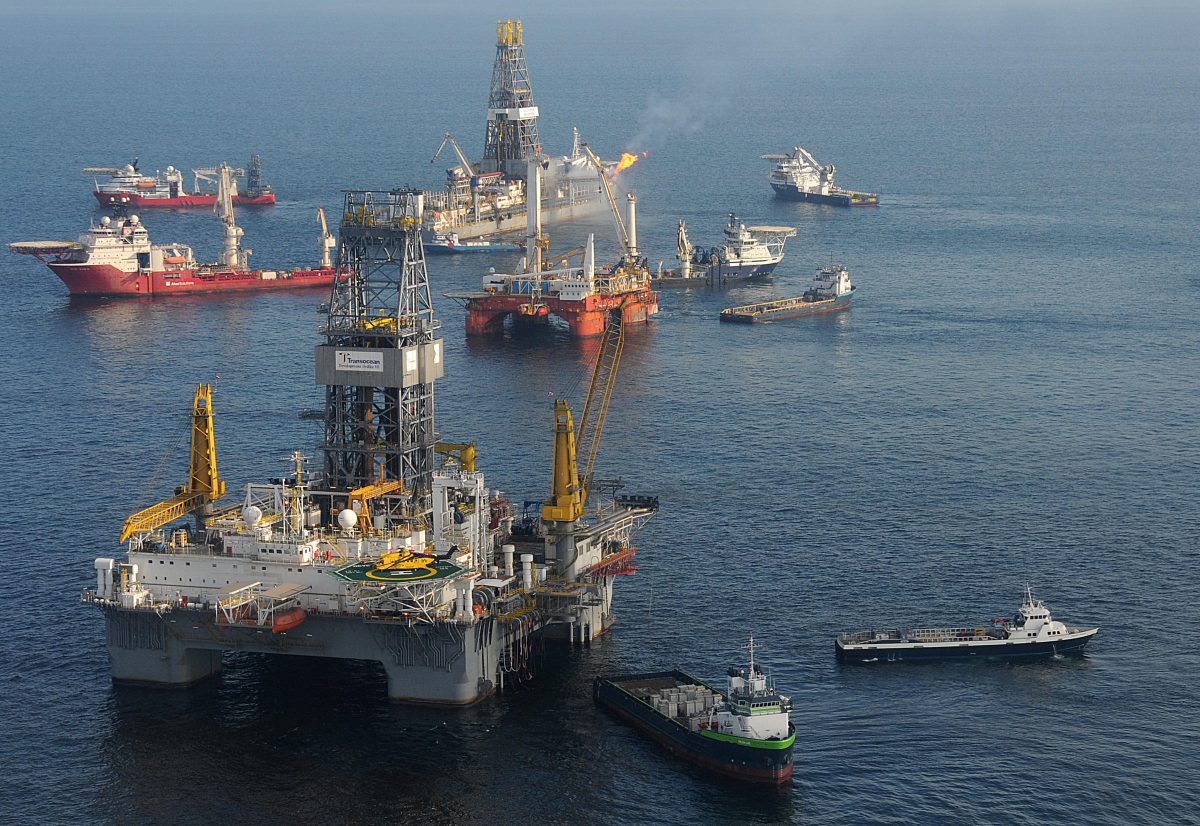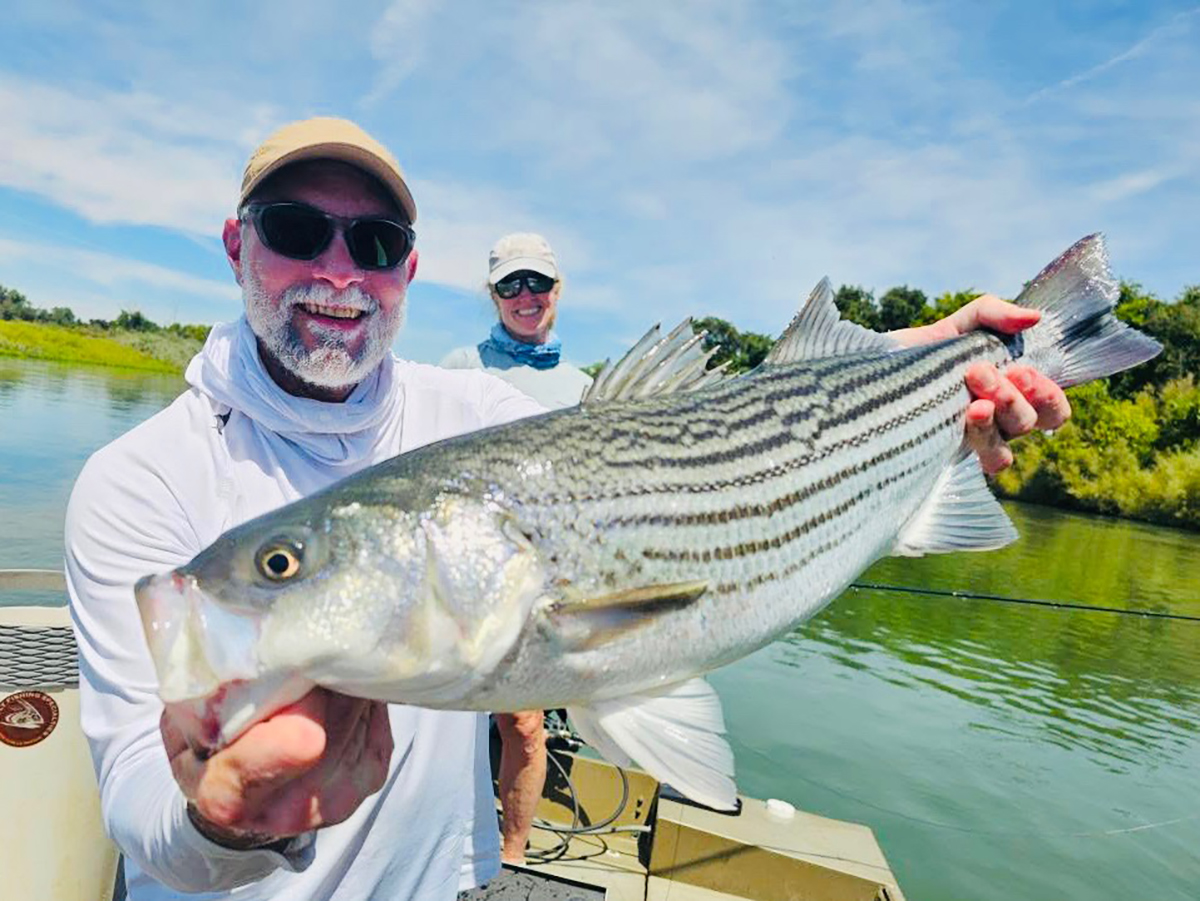From our publisher:
Food is always a big part of my family’s holiday tradition, whether it’s a holiday oyster roast or fresh fish caught from Bogue Sound.
Supporter Spotlight
Like so many of us, I think a lot more about what I eat these days. In addition to trying to eat healthy, I worry more and more about plastic contamination in my seafood. Scientists say microplastics are a growing problem worldwide and right here in N.C.

Scientists tell us that microplastics are one of the most common types of debris found in animals and environmental samples. Peer reviewed studies show that synthetic microfibers—a type of plastic smaller than a millimeter in length and made up of various synthetic polymers—are found in the waters, fish and shellfish sampled just about everywhere in the world, including in our sounds and rivers in coastal N.C. These microfibers now make up 85 percent of the human-caused marine debris across the globe, according to a study published in the scientific journal Environmental Science and Technology.
These tiny fibers come from many sources. The most obvious source is consumer waste such as plastic bottles and disposable cups. While consumer waste is a source, much of this microplastic comes from clothes, cosmetics, toothpaste and thousands of other products that we use every day both inside and outside of our homes and businesses. For example, Environmental Science and Technology recently reported that every time you wash a fleece jacket it sheds about two grams of microfibers—about the same weight as two paperclips.
There is little doubt that these microplastics find their way into your diet, especially when you eat seafood. Research on the health implications of eating these fibers is still ongoing. Scientists don’t yet understand the potential health consequences of eating plastic, but advise that until more is known, we should be doing everything possible to reduce the amount of plastic that we’re releasing into our coastal waterways.
Microplastics are a difficult problem both because they are invisible and because they come from so many diverse sources. In that way, this challenge reminds me of stormwater pollution, which at one point seemed to be an impossible challenge with so many pollutants coming from so many sources. But just as we have found ways to effectively address stormwater, I am confident that we will find ways to address microplastics. We just have to begin.
Supporter Spotlight
Here at the Coastal Federation, we are ready to dive in. Our first steps will be to encourage important research on microplastics, and to team up with experts to better understand and document the sources, concentrations and health implications of microplastics in our coastal waters and seafood. We plan to work to organize an informational forum in 2021 to connect scientific experts with local policymakers. We believe that science should inform policy on this issue, and we will advocate for environmental policies that take science into account.
This is a new focus area for the federation. To learn more about what we have planned and to support this initiative, please to go to the following website: https://workingtogether.nccoast.org/site/R?i=LwY-mpywFFm_wpYrPvj9KA








